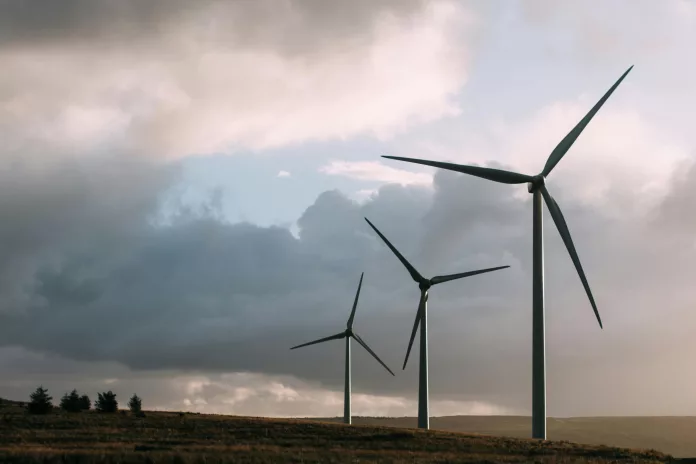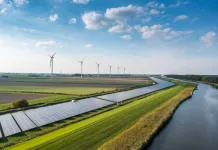Montana’s Wind Power Surpasses Coal in Nameplate Capacity
Montana is set to achieve a noteworthy milestone in its energy landscape as it prepares to bolster its wind power capacity, surpassing that of coal. The term ‘nameplate capacity’ refers to the maximum energy output a power source can generate under perfect conditions, and Montana’s wind farms are gearing up to deliver impressive numbers.
Understanding Nameplate Capacity
In the realm of power generation, nameplate capacity marks the highest possible output a power facility can produce in flawless operating scenarios. For Montana, this measure is taking on new significance as wind power ascends in the state’s energy hierarchy.
Montana’s Leap in Wind Energy
Current statistics from the US Energy Information Administration (EIA) illustrate that Montana coal plants have historically contributed 1,631 megawatts (MW) of nameplate capacity. However, the winds of change are blowing, with Montana’s wind facilities outputting 1,479 megawatts.
As NextEra Energy’s Clearwater Wind projects shift into full gear, an additional 311 MW is slated to be injected into the sector. The result? A tipping of the scales, placing wind’s nameplate capacity at 1,790 MW, overtaking coal by 159 MW.
Montana’s Renewable Energy Profile
The environmental impact of energy generation is a hot topic and Montana has had a strong showing in renewables. In 2022, the state proudly ranked 10th for electricity generated from renewable sources, reaching an approximate share of 53%, thanks in part to its significant hydropower contributions.
Yet, in the grand scheme of things, Montana still leans on coal for the majority of its in-state generation, with coal-fired plants providing 42% of its electricity in 2022. This is followed closely by hydropower and further behind by wind power and other sources.
The Regional Power Dynamic
Montana serves as a crucial energy corridor, especially for neighboring states Oregon and Washington, which are keen on acquiring clean power in their shift away from fossil fuels. This inter-state energy trade is influenced by regional policies pushing for greener power sources.
Trends and Transitions in Montana’s Energy Production
As coal plants retire and the EIA reveals a preference for onshore wind in upcoming projects, Montana’s energy portfolio is being reshaped. Additionally, legal imperatives now require the consideration of climate impacts in the approval process for new energy projects, reinforcing the shift.
Clean energy advocates, like Max Greene of Renewable Northwest, express optimism for Montana’s renewable potential. However, he cautions that this growth is contingent upon the expansion of transmission and storage infrastructures.
With Montana’s transmission avenues currently nearing capacity, stakeholders must innovate to harness and develop the state’s burgeoning wind assets. The future of Montana’s energy seems poised for change, as the state seeks to balance growth, sustainability, and the evolving demand for clean power.

























